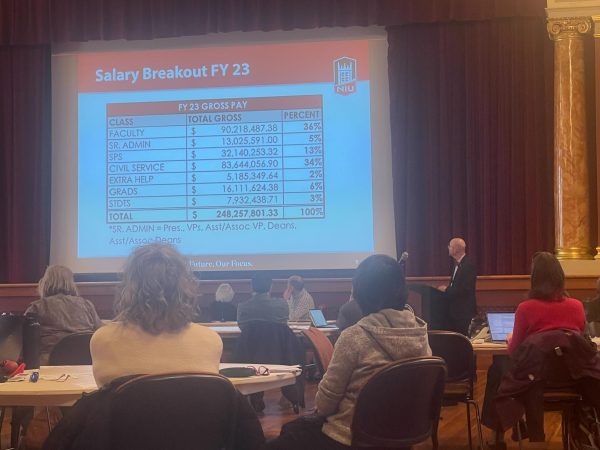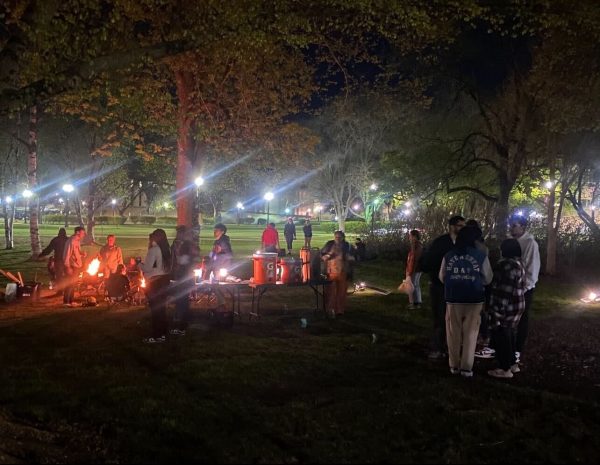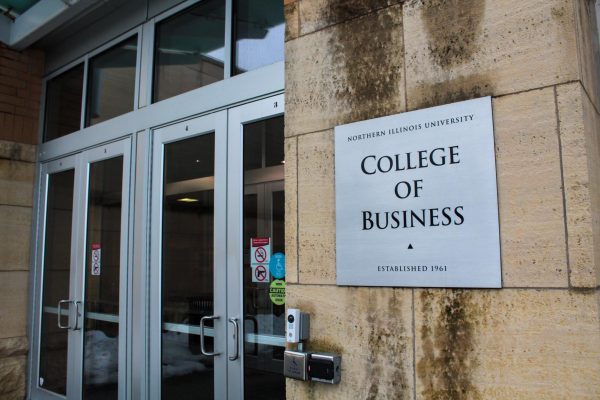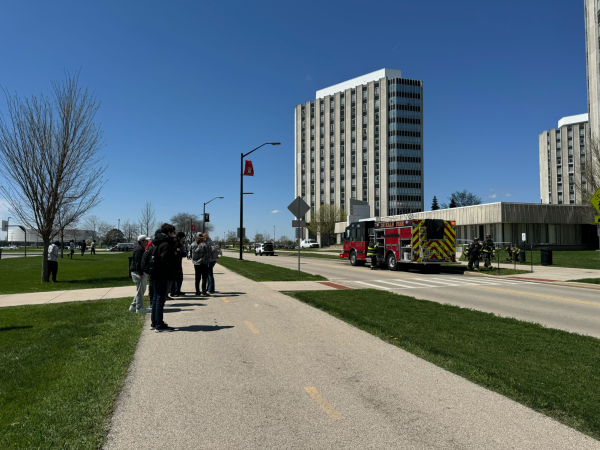How to stay safe using a microwave
October 23, 2008
Most college students use microwaves on a daily basis, but some may not know all there is to know about the kitchen item.
Merille Kurbis, kitchen helper at Stevenson Dining Hall says what to and not to put in a microwave:
No: Styrofoam, Plastic containers that fruit and yogurt come in from dining halls, Silverware
Yes: Paper plates, Clear plastic tubs that hot food comes in, New bio-degradable containers in food court – “Although you should watch them because they are made from corn and could get soggy in the microwave”
Dave Etnyre, NIU Housing and Dining food service administrator:
Cooking tips
– Know the power of your machine, and keep it at lower power until you know how it cooks for best quality
– “Be conscious of time, because it easy to overcook food”
– Check for labels and guides to help with cooking. They can be found on door or inside microwave.
Random fact
– Microwaves in dining halls are 1,000 watt microwaves
Larry Lurio, NIU associate professor of physics
Possible Health Risks
– “If you’re worried about standing too close to the microwave and the waves getting in you brain, don’t. Instead worry about your cell phone that sends them to your brain every time you use it.”
Origins
– Came from World War II, to enable good radar for military. People noticed that if you stuck your hand in front of radar, which uses microwave, it got hot.
How it works
– Electric element produces radio waves at a very high frequency
– Size of wave is typically the size of a car antenna
– Waves inside microwave bounce because microwave is a Faraday Cage
– Waves can be absorbed by water
– Once absorbed, causes water molecules to spin, it’s like friction only more complicated
– Once spinning, molecules bounce around and off each other to heat on the atomic level












